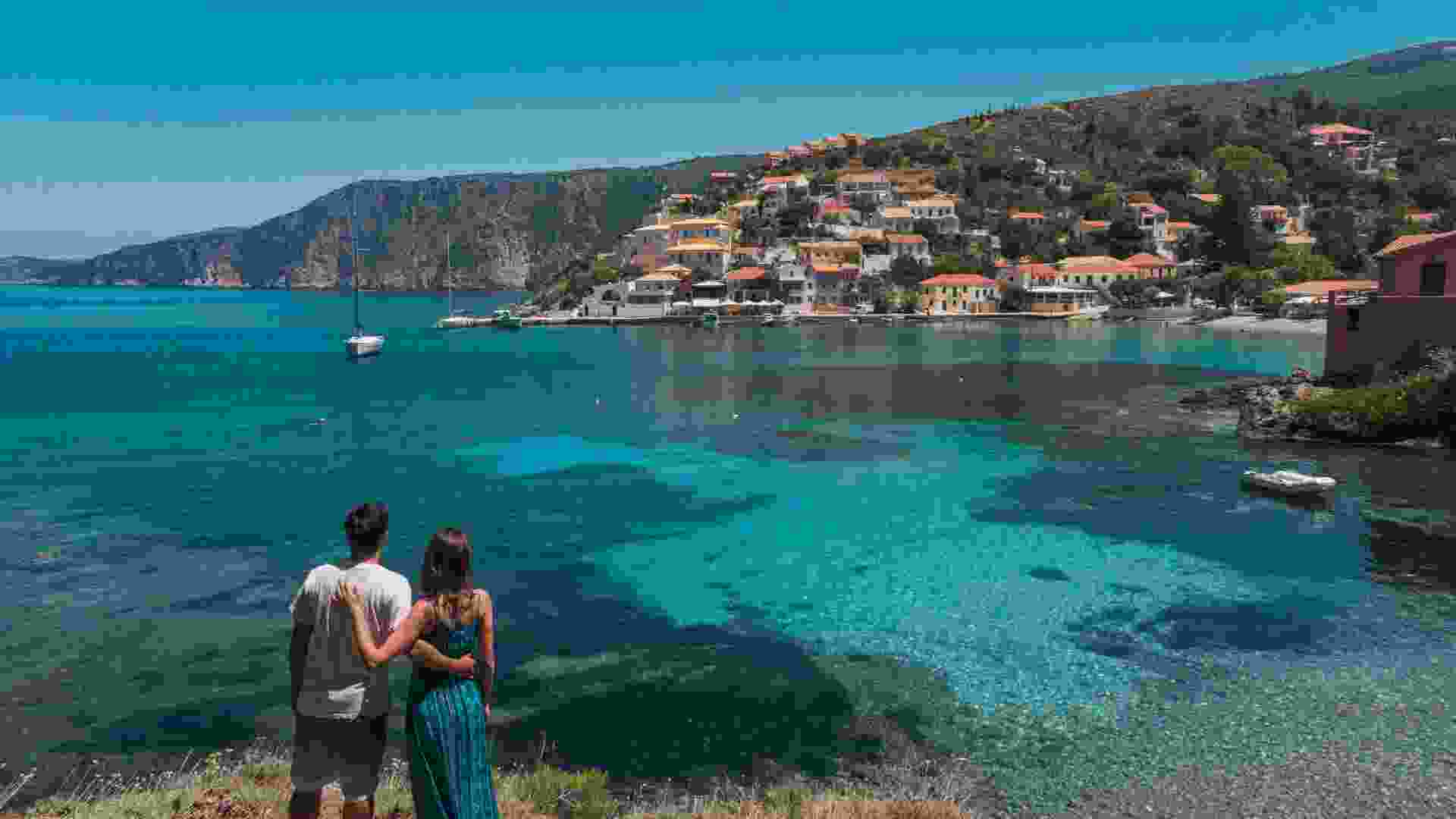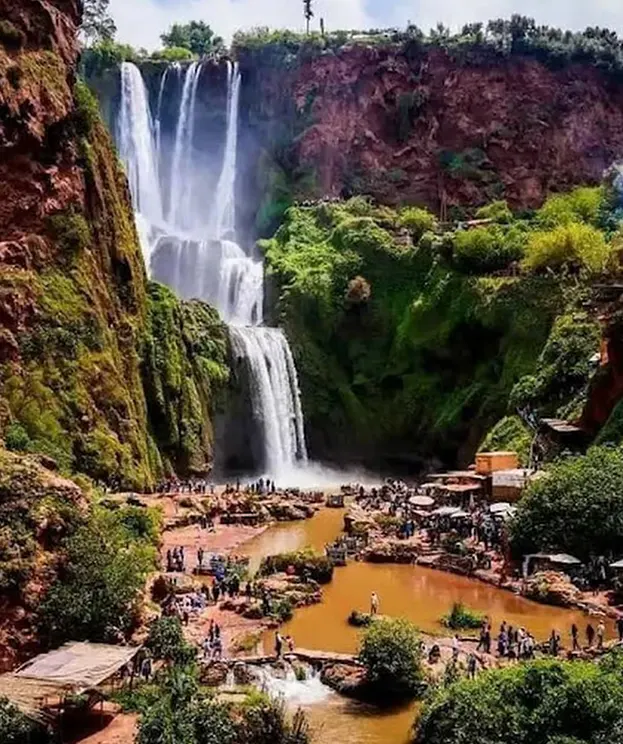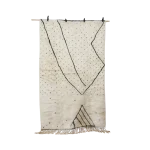Visiting Ketama is not like traveling to Morocco’s major cities—and that’s exactly the beauty of it. Nestled deep within the Rif Mountains, Ketama offers raw natural beauty, cultural authenticity, and unique experiences that most travelers never get to see. But to enjoy it to the fullest, there are a few things you’ll want to know before you go.
Whether you're planning a cannabis masterclass, a stay with a local farming family, or a hike through remote mountain trails, proper preparation can turn a good trip into an unforgettable one. Here are six essential things to keep in mind before your journey to Ketama begins.
Whether you’re arriving from Tangier, Fez, Chefchaouen, or Al Hoceima, this guide will help you travel smart and stress-free.
Travel Tips For You
- Shared Taxis Don’t Run on a Schedule
- Offline Maps Are a Must
- Prepare for a Changes
- Roadside Stops Are Part of the Journey
- Pack Light but Smart
- Travel With a Local Guide if Unsure
Shared Taxis Don’t Run on a Schedule
If you're planning to travel by grand taxi—Morocco's shared transport system—be aware that these taxis don’t follow set timetables. They leave only when full, which can mean unexpected waiting times, especially in less populated areas or during early morning and late evening hours.
You might get lucky and jump into a nearly full car. Or you might wait an hour or more before departure. If you're traveling on a tight schedule, it’s often better to arrange private transfers in advance or consider renting a car for more flexibility.
Offline Maps Are a Must
The Rif Mountains are incredibly scenic but also very remote. Mobile coverage is patchy, especially once you’re deep into the hills around Ketama. Don’t rely on data or real-time GPS to guide your way. Instead, download offline maps (Google Maps or Maps.me) before leaving your base city. Mark your destination, any planned stops, and even your accommodation location so you can stay oriented even without signal. This small step can save you a lot of confusion and make your journey much smoother.
Prepare for Altitude Changes
Ketama sits high in the Rif Mountains, and many visitors coming from sea-level cities like Tangier or coastal towns may feel the difference. Altitude changes can lead to lightheadedness or fatigue, especially during your first few hours. To help your body adjust, drink plenty of water, take breaks, and avoid heavy meals right away. If you're hiking or engaging in outdoor activities soon after arrival, pace yourself and listen to your body.
Roadside Stops Are Part of the Journey
One of the joys of traveling through rural Morocco is the chance to experience roadside hospitality. On your way to Ketama, you’ll likely pass small cafés, fruit stalls, or makeshift tea shops by the road. Take advantage of these moments to stretch your legs, have a chat with locals, and enjoy freshly brewed Moroccan mint tea, roasted nuts, or seasonal fruit. These unscheduled breaks often turn into the most authentic memories of your journey.
The more prepared you are, the more you’ll be able to relax and soak up everything Ketama has to offer—its beauty, its calm, and its people. This isn’t a destination built for mass tourism. It’s built on relationships, rhythm, and the quiet magic of the mountains. Take your time. Travel mindfully. And let Ketama show you a different side of Morocco—one that’s rooted, real, and completely unforgettable.
Pack Light, But Pack Smart
In Ketama, you won’t find paved sidewalks or elevators. Many roads are uneven, paths are narrow, and you may need to walk uphill or over rocky terrain. If you’re staying in a remote village or mountain lodge, you’ll likely be carrying your bag part of the way.
Opt for a light backpack rather than a rolling suitcase. Essentials to include: sunscreen, a refillable water bottle, a portable charger (power can cut out), tissue paper, hand sanitizer, and some cash—ATMs may be limited or unavailable in small villages.
Travel with a Local Guide if Unsure
Ketama is a welcoming destination, but it’s still a rural, under-the-radar region with limited tourism infrastructure. If it’s your first time visiting, consider booking through a local expert or guide service. A guide can help you navigate transport, introduce you to families, translate, recommend safe routes, and give you deeper insights into the region’s traditions, including the cannabis culture that Ketama is known for. This isn’t just about safety—it’s about enhancing your experience and respecting the community you’re visiting.








Massa id neque aliquam vestibulum morbi blandit. Lorem ipsum dolor sit amet consectetur adipiscing elit duis. Proin sed libero enim sed faucibus turpis in eu. Dignissim enim sit amet venenatis urna cursus eget. Sed turpis tincidunt id aliquet risus feugiat in. Ultricies integer quis auctor elit sed vulputate mi sit.
Sociosqu venenatis ex euismod himenaeos vitae. Semper ad volutpat tristique efficitur tempor hendrerit. Sollicitudin primis odio placerat; cubilia lobortis auctor faucibus himenaeos.